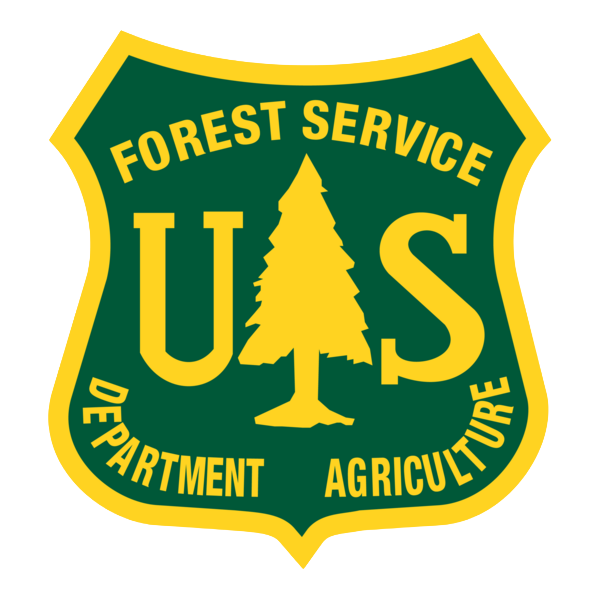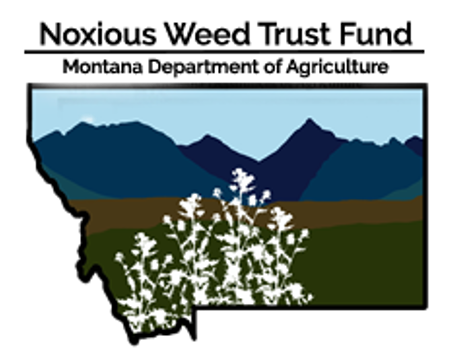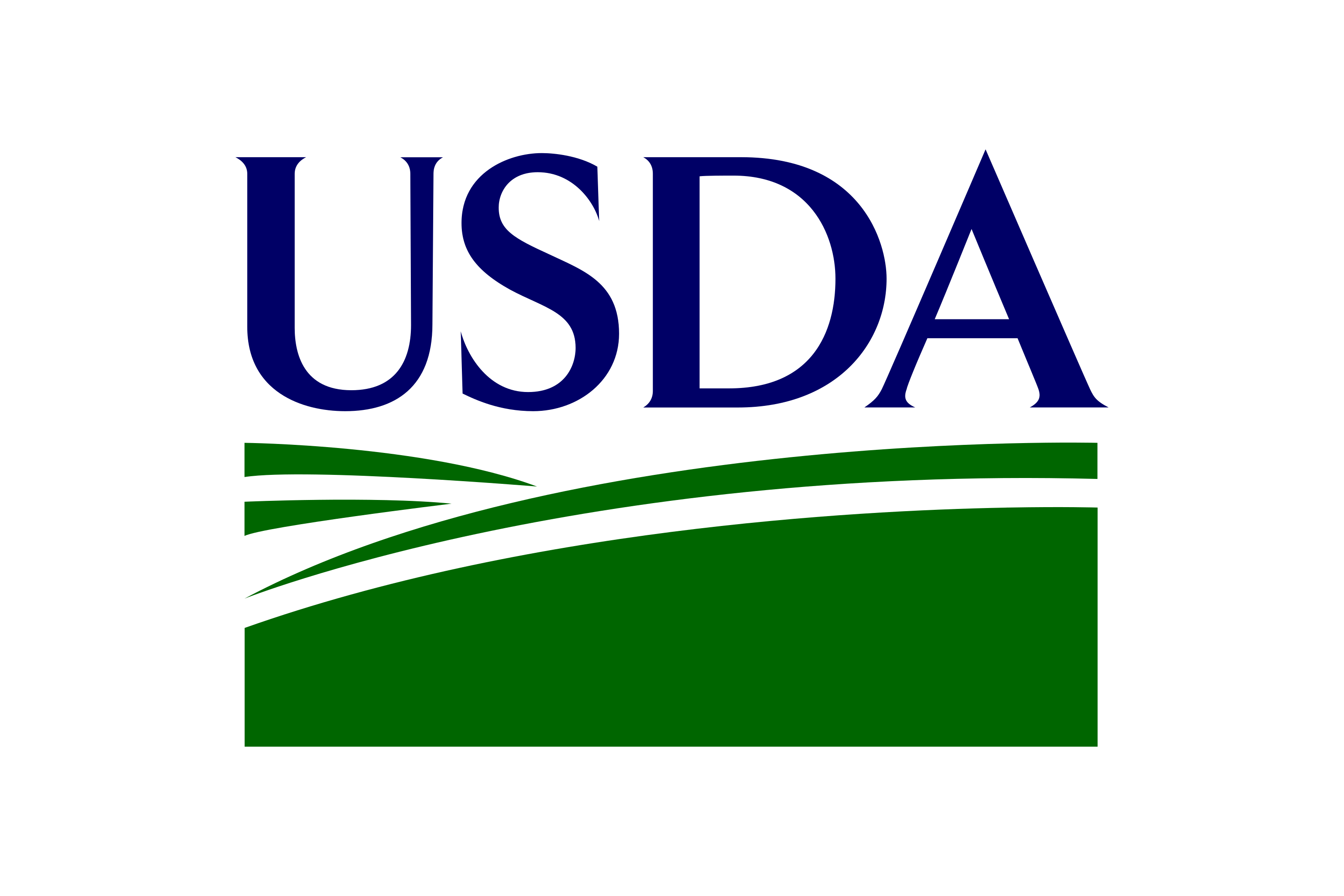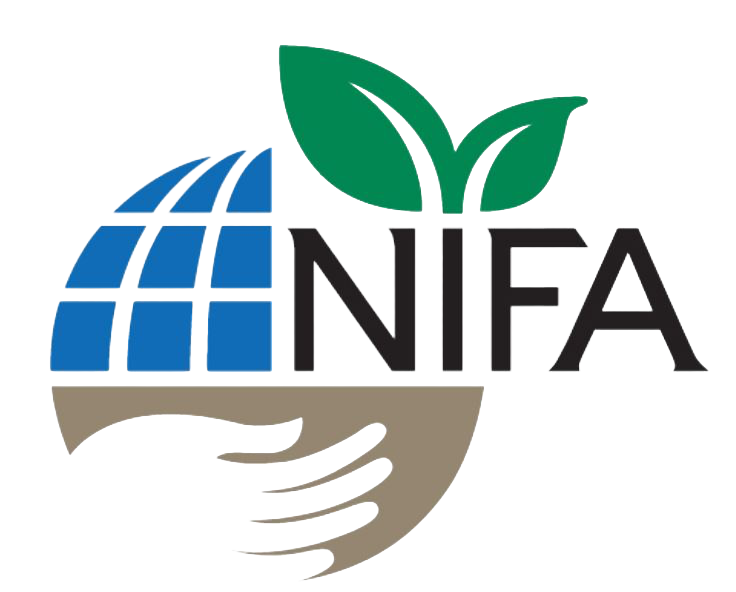Research
As agricultural expansion and invasive species reshape the Northern Great Plains, the ecological relationships between plants, insects, and their natural enemies are undergoing profound shifts. My research investigates how biological control agents interact with host plants and their environments to suppress pest populations and restore ecological balance. From wheat-dominated agroecosystems to rangeland invasions, I explore how chemical signaling, habitat structure, and multi-species interactions can be leveraged to enhance biocontrol efficacy and support resilient landscapes.






My current project with Dr. Robert Peterson at Montana State University investigates the establishment of the biological control agents Rhinusa pilosa and the two sister species Mecinus janthinus and Mecinus janthiniformis and their ability to suppress populations of yellow toadflax (Linaria vulgaris) and Dalmatian toadflax (Linaria dalmatica) in Montana and South Dakota. I study how these insects respond to chemical cues from their host plants and how these interactions affect herbivore survival, parasitism, and plant suppression.
I am currently pursuing several interconnected projects:
- Establishment of Rhinusa pilosa in controlling yellow toadflax populations: assessing survival, dispersal, and impact on plant density at release sites.
- Impacts of large herbivores on toadflax and Rhinusa establishment: constructing herbivore exclusion fences around release sites and monitoring herbivore activity in adjacent control areas.
- Comparative stress assessment on yellow toadflax caused by Rhinusa pilosa and Mecinus janthinis: measuring plant health and chemical emissions to determine how each insect affects the plant individually and simultaneously.
- Multiple Decrement Life table analyses of Mecinus janthinis and Mecinus janthiniformis: quantifying mortality and performance under field conditions, including the effects of parasitoids, temperature extremes, and other environmental factors, on both yellow and Dalmatian toadflax populations.
Why this work matters:
Invasive toadflax species can severely impact rangeland and cropland ecosystems. Biological control offers a sustainable alternative to chemical herbicides, reducing non-target impacts and supporting ecological balance. By elucidating host-specific behaviors, chemical cues, and multi-agent interactions, this research informs strategic releases and conservation of biocontrol agents to maximize suppression of toadflax populations.
Ultimately, this project contributes to understanding how plant-insect interactions, chemical signaling, and agent diversity can be harnessed to manage invasive plants and promote resilient agroecosystems across the Northern Great Plains.




My Master’s thesis with Dr. David Weaver at Montana State University combined chemical ecology, behavioral assays, and field surveys to investigate how volatile organic compounds (VOCs) emitted by WSS-infested smooth brome influence parasitoid attraction. Using electroantennography and gas chromatography, we found that smooth brome under sawfly attack emitted elevated levels of key volatiles — (Z)-3-hexenyl acetate, 6-methyl-5-hepten-2-one, and (E)-2-hexenal — that elicited strong antennal and behavioral responses from both Bracon parasitoid species.
In controlled olfactometer and wind tunnel trials, parasitoids consistently preferred volatile blends from infested smooth brome over those from infested wheat. Field surveys across central and northern Montana revealed that smooth brome adjacent to wheat fields had comparable sawfly infestation rates but significantly lower larval survival — up to 43.6% greater mortality than in wheat. Moreover, parasitism rates in smooth brome were consistently higher, especially in fall-collected stems, suggesting that this grass provides a valuable seasonal refuge for parasitoids.
Why this work matters:
In an era of declining pesticide efficacy and increasing resistance, biological control remains one of the most sustainable tools in integrated pest management. By demonstrating that smooth brome can enhance parasitoid populations and reduce pest survival, this research reframes the role of a commonly maligned grass species. Rather than viewing smooth brome solely as an invasive threat, we propose its strategic conservation and placement as a functional component of agroecosystems — especially in landscapes where wheat and native parasitoids co-occur.
Ultimately, this work contributes to a broader understanding of how plant-insect interactions, chemical signaling, and landscape structure can be harnessed to support ecological resilience and sustainable agriculture in the Northern Great Plains’ dry-land cropping systems.
Related Publications:
Strand JR, Peterson RKD, Sterling TM, Weaver DK. 2025. Sensory and behavioral responses of braconid parasitoids to changes in volatile emissions induced by wheat stem sawfly (Hymenoptera: Cephidae) larval feeding in winter wheat and smooth brome. Journal of Insect Science. 25(2). DOI: 10.1093/jisesa/ieaf016
Strand JR, Peterson RKD, Sterling TM, Weaver DK. 2024. Agroecological importance of smooth brome in managing wheat stem sawfly (Hymenoptera: Cephidae) via associated braconid parasitoids. Journal of Economic Entomology. 117(6): 2344–2354. DOI: 10.1093/jee/toae246